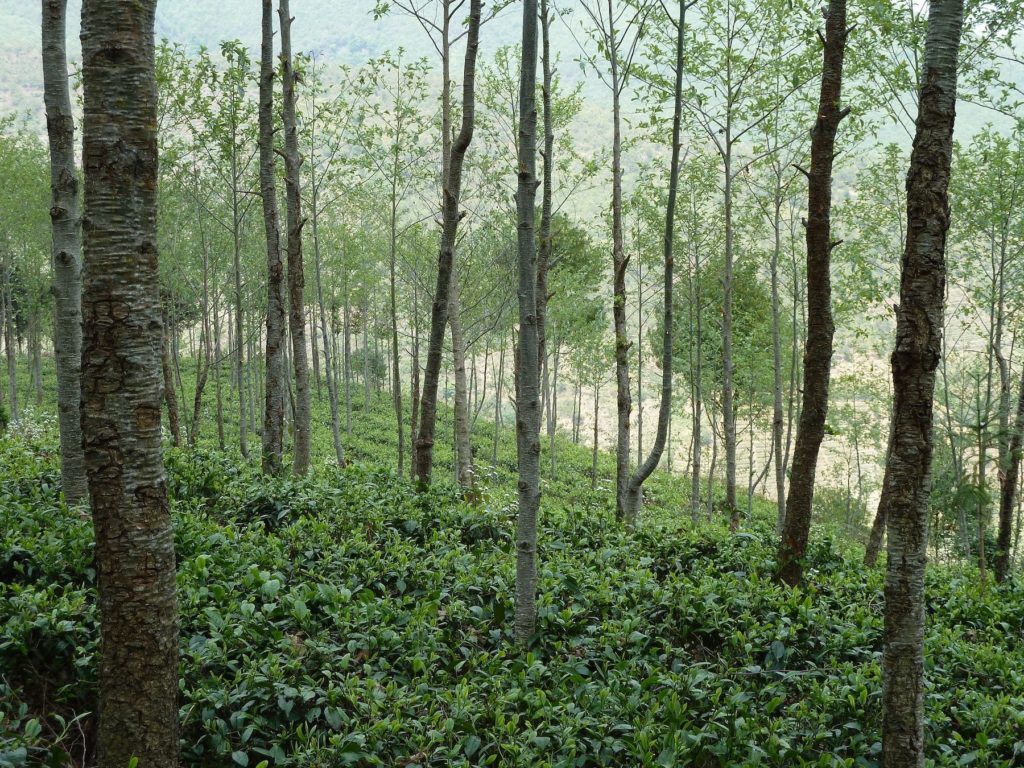Climate change is affecting global food security and rural livelihoods in developing countries. As the global average temperature rises, the occurrence of climate crisis and extreme weather events, such as drought and rainfall, is also increasing, which in turn increases the risk of erosion and flooding on cultivated land. Climate change increases the risk of crop failures and lost harvests and changes the conditions for farmers to be able to plan future harvests. At the recently concluded UN Climate Conference COP 25 in Madrid, the main theme was ”Time for Action!”
Many seminars at COP focused a great deal on so-called nature-based solutions to the climate crisis. This means taking advantage of nature to provide sustainable, cost-effective, versatile and flexible solutions to climate problems, using the characteristics of natural ecosystems. For example, this can be about managing and recreating woodlands to contribute to fertile soils and water infiltration. This, in turn, leads to more reliable harvests, reduced risk of flooding, or to strengthening biodiversity – and often all at the same time. Solutions based on nature’s own ability to deal with negative climate effects thus fulfill more functions than just technical ones.
Agroforestry is an example of a nature-based solution that was often highlighted during many conference sessions. Agroforestry, tree farming where trees are planted among crops and animals, can limit the amount of carbon dioxide in the atmosphere by binding carbon in vegetation and soil. At the same time, the cultivation system contributes to adaptation to the effects of climate change, as trees shade, bind soil and increase resistance to pests, drought and floods, as well as providing access to firewood and a variety of nutritious food. Trees in the agricultural landscape can also increase the soil’s ability to capture and retain water in the soil and replenish groundwater. Small-scale agroforestry farming is common in many developing countries, and systems have often evolved through adaptation to local conditions over the centuries.
Local experiences of responding to severe weather conditions are often valuable complements to scientifically developed agricultural methods, for example to create systems with high resilience and good ability to sequester carbon.
The importance of social justice and gender equality strategies for climate action were important issues during the climate summit, especially among young women and representatives of indigenous peoples. Agroforestry is not just a farming system, but part of a social and economic system that has proven to be an effective tool in developing countries to support women’s right to income from the land they cultivate. Investments in agroforestry enable women to gain income from commercially valuable tree products, such as shea nuts. They can then send their children to schools and education, which in the long run helps the poor themselves lifting themselves out of poverty. In other words, agroforestry is a nature-based solution that can promote ecological, economic and social benefits, and contributes to several global sustainability goals (Agroforestry Network Report (2018) Scaling Up Agroforestry: Potential, Challenges and Barriers).
Nature-based solutions to the climate crisis cannot replace measures in other sectors to reduce fossil use, but sustainable use of agricultural land, such as agroforestry, can support in meeting both climate and development goals.
This was presented as evidence during COP 25, where nature-based solutions were in strong focus. With agroforestry as a basis, we can support the climate adaptation of vulnerable people in poor countries – and at the same time meet several of the global sustainability goals.
Investments in agroforestry in development cooperation are just right in time.
This is a translation by World Agroforestry of an op-ed article published in Aktuell Hållbarhet. Read the original article in Swedish.
This op-ed article is written by Madeleine Fogde, Director, SIANI; Malin Gustafsson, Coordinator, Agroforestry Network & Program Officer, SWH, SIWI; Ulrik Ilstedt, Associate Professor, SLU; Karin Lexén, Secretary general, SSNC; Kristina Mastroianni, Technical Director agriculture, NIRAS; Lotta Samuelson, Program Manager, SWH, SIWI; Christina Schaffer, Agroforestry Sweden; Maria Schultz, Director, Vi-Agroforestry; Elisabeth Simelton, Scientist, ICRAF; Anna Tengberg, Associated professor, Lunds University Centre for Sustainability Studies & Program Manager, SWH, SIWI; Ingrid Öborn, Senior research fellow, ICRAF & professor, SLU; Maria Ölund, Project leader, Focali.
